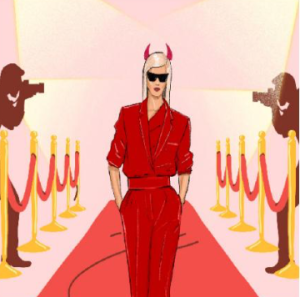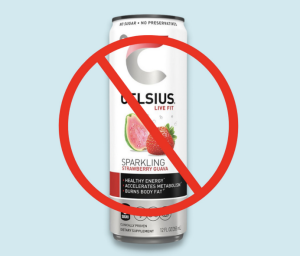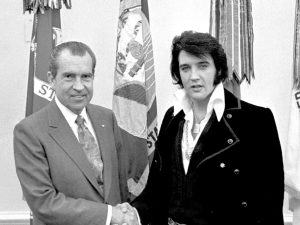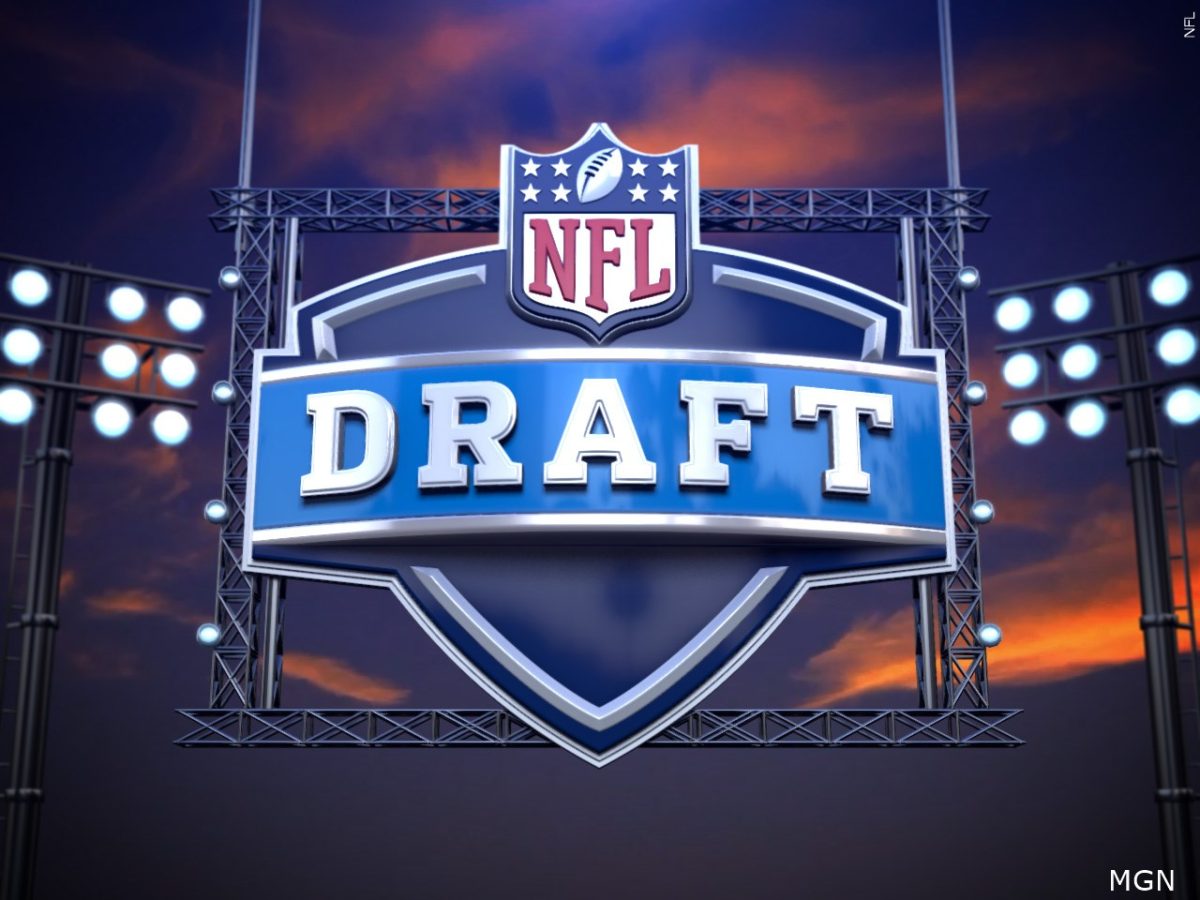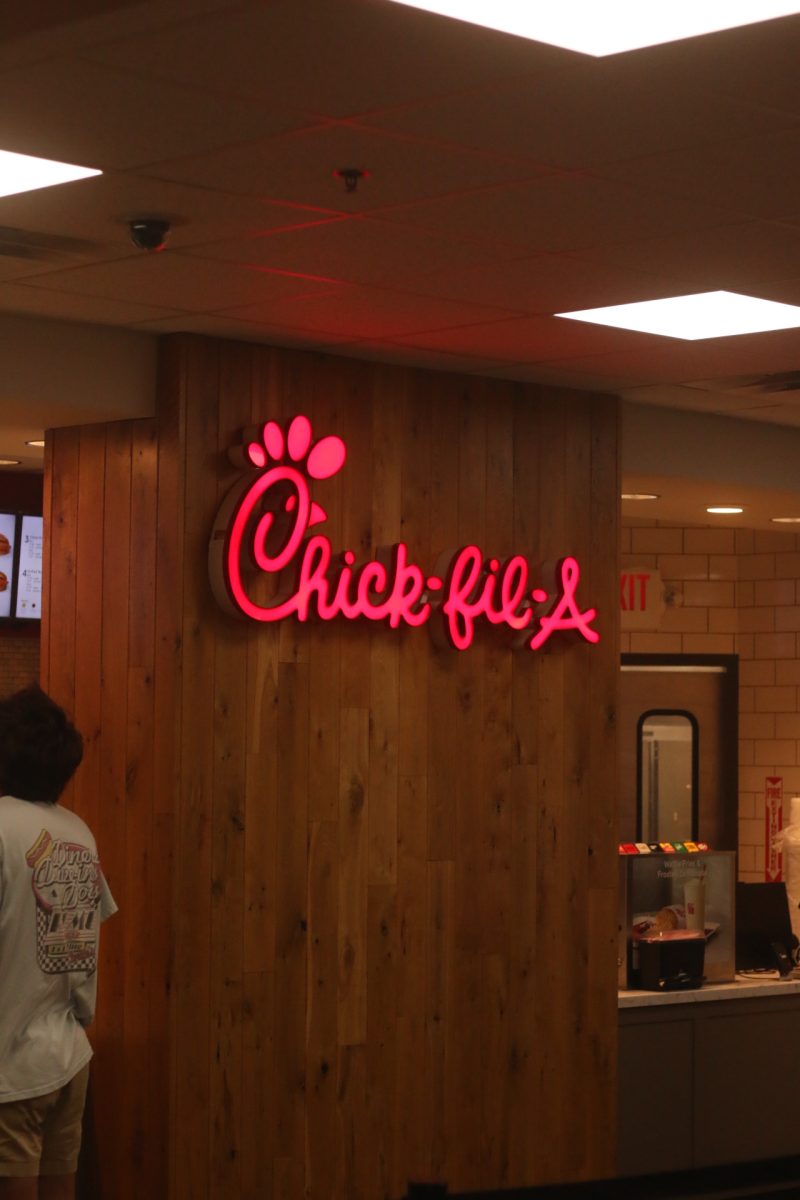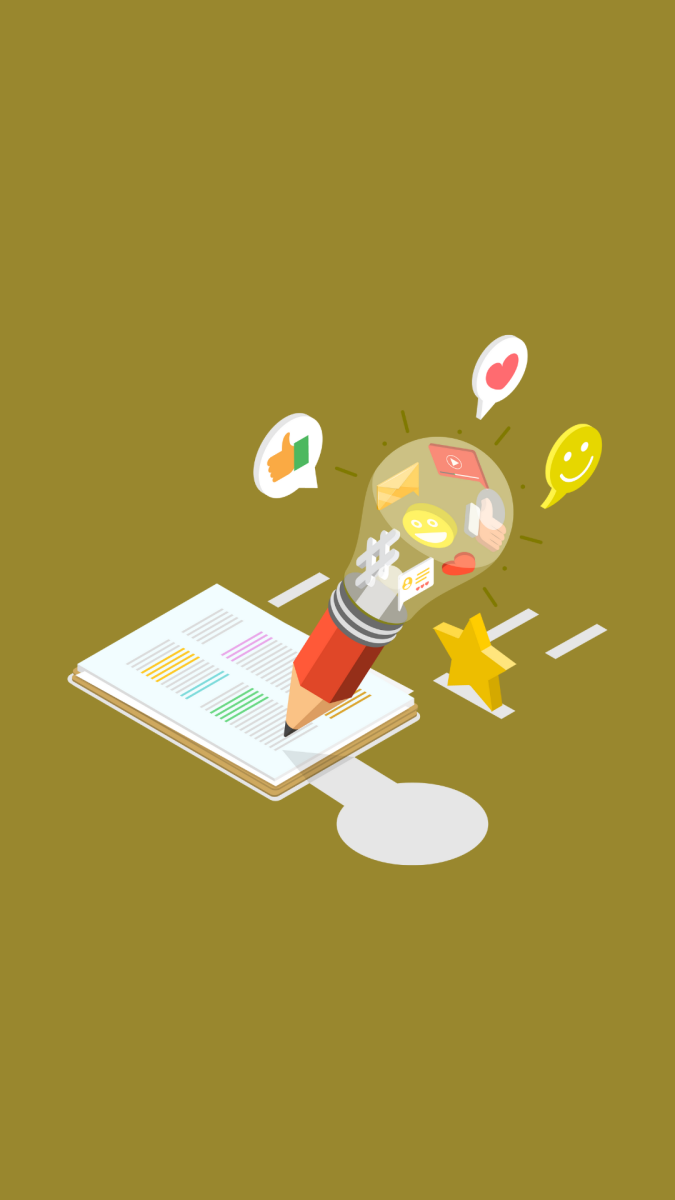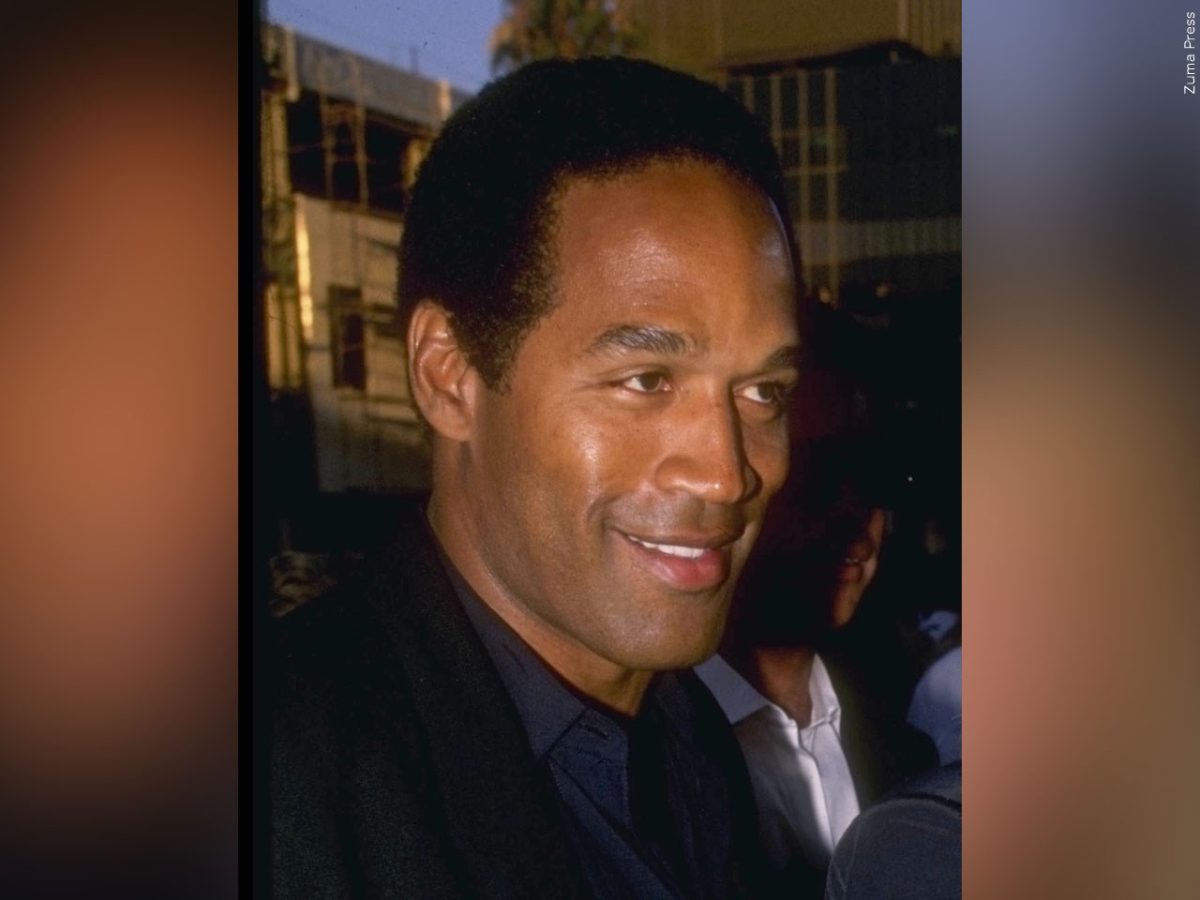The Beatles made a return with a final song, “Now and Then,” which was released on Nov. 2 at 10 a.m. EST. This historic release was made possible through new AI technology, uniting all four iconic members of the legendary band: Ringo Starr, John Lennon, Paul McCartney and George Harrison.
“Now and Then” is a single release accompanied by “Love Me Do,” the very first Beatles song that took the world by storm back in 1962 in England. Following the song’s release, fans received a music video on Nov. 3.
The use of AI in the creation of “Now and Then” is particularly intriguing, as it was used to meticulously separate Lennon’s distinctive vocals from a demo tape he had given to McCartney. This extraordinary effort allowed the remaining members of the Beatles to join forces once more in a way that would have seemed impossible until now.
“It’s interesting that this is possible so many years after John Lennon’s passing,” said Mikke; Christensen, a senior mass communication professor at GC. “AI technology is both fascinating and scary. I can only imagine the possibilities and ethical dilemmas that will stem from that.”
Starr, while talking about the unique experience of working on “Now and Then,” expressed the emotional resonance of the project.
“It was the closest we’ll ever come to having him back in the room, so it was very emotional for all of us,” Starr said. “It was like John was there, you know. It’s far out.”
The origins of “Now and Then” date back to 1979, when Lennon wrote and practiced the song in New York City. Interestingly, the demo tape containing this musical gem was presented to McCartney by Lennon’s wife, Yoko Ono, in 1994. The cassette, including various other demos, bore a simple label: “For Paul.”
“In 2023, to still be working on Beatles music, and about to release a new song the public hasn’t heard, I think it’s an exciting thing,” McCartney said.
To Beatles fans, one of the most fascinating aspects of this project is the long journey it has taken to reach the public. Initially, it was believed to be impossible to separate Lennon’s lyrics and piano and integrate new elements recorded by the other three members. When Lennon first created the demo, Harrison did not find it to his liking, and as the Beatles considered themselves a democracy, the project was pushed aside and forgotten.
“I think that using AI like this is a really interesting way to invoke deep emotions and honor the group’s past,” said Amy Newman, a junior environmental science major. “I’m excited to truly feel their new song, and I have hope that this memorial will resonate with fans of the Beatles.”
The pivotal turning point came in 2021, when Peter Jackson, renowned director of docuseries “The Beatles: Get Back”, used AI technology to isolate Lennon’s instruments and vocals. This allowed McCartney and Starr to complete the song in 2022, incorporating guitar solos that Harrison recorded in 1995.
Lennon’s son, Sean Ono Lennon, weighed in on the project, comparing it to a time capsule and emphasizing the sense of destiny surrounding its release.
However, the use of AI in such a prominent Beatles project did raise concerns among fans and the media. Some worry that AI might have been used to recreate aspects of Lennon’s performance, potentially taking away from the authenticity of the song.
To address these concerns, McCartney reassured the public, stating that no part of the song was artificially created. Instead, AI technology was used to clean up and enhance the existing recordings, preserving the original essence and integrity of the song.
“I’m glad they were able to incorporate John Lennon in the new song, as long as other producers don’t start unethically using AI for creating new songs with people that have passed away,” said Madeline Gregory, a junior environmental science major. “However, I’m excited to listen to the new song.”
The release of “Now and Then” is more than just another Beatles song; it is a testament to their enduring legacy, innovative spirit and the power of technology to bridge gaps in time and creativity. As the song makes its way to audiences around the world, it is a moment that Beatles fans have been eagerly waiting for, and it is now closer than ever to becoming a reality.



